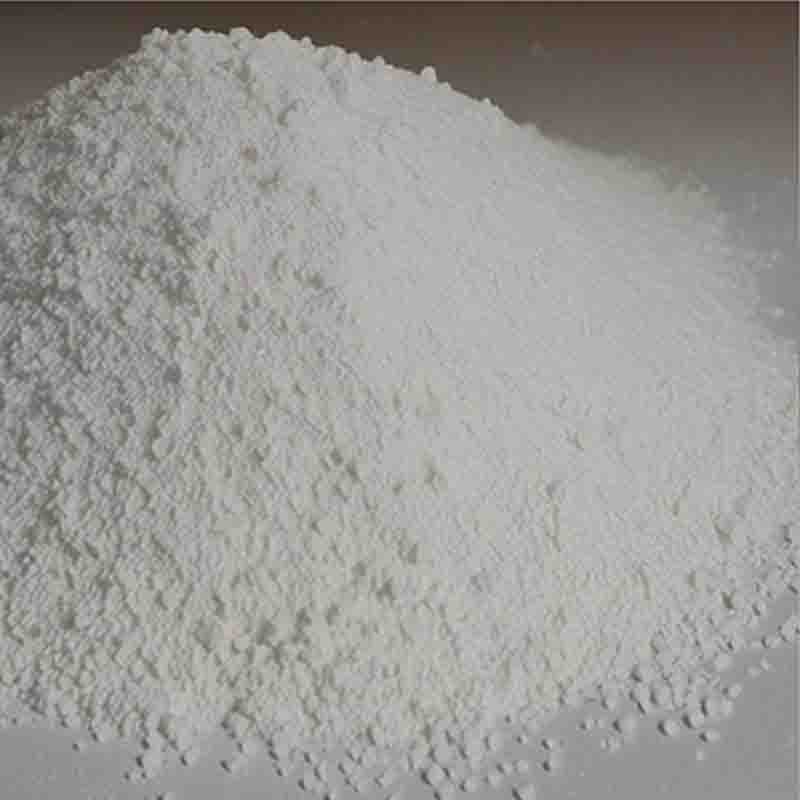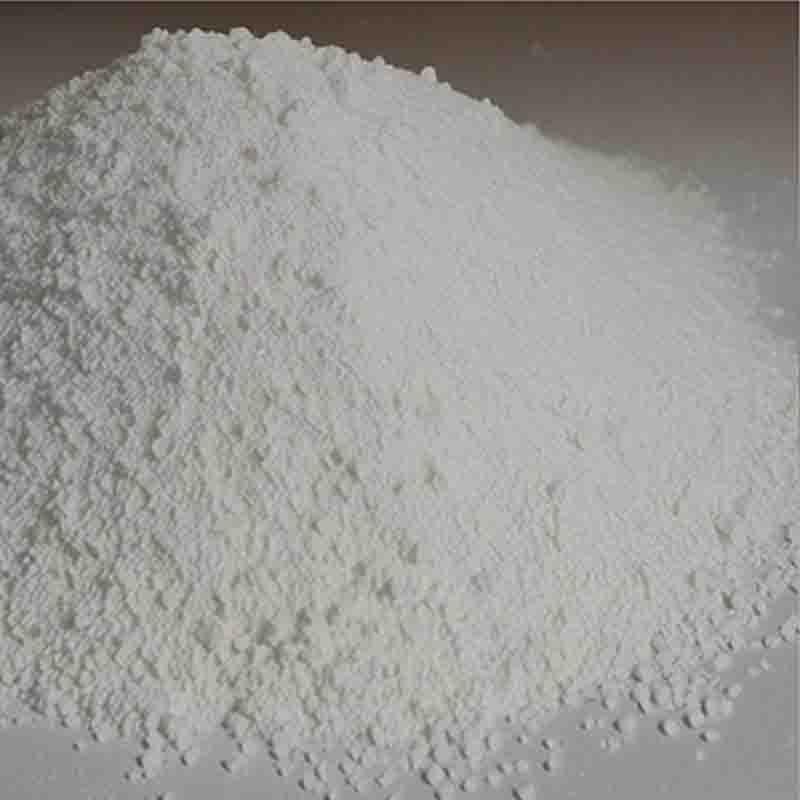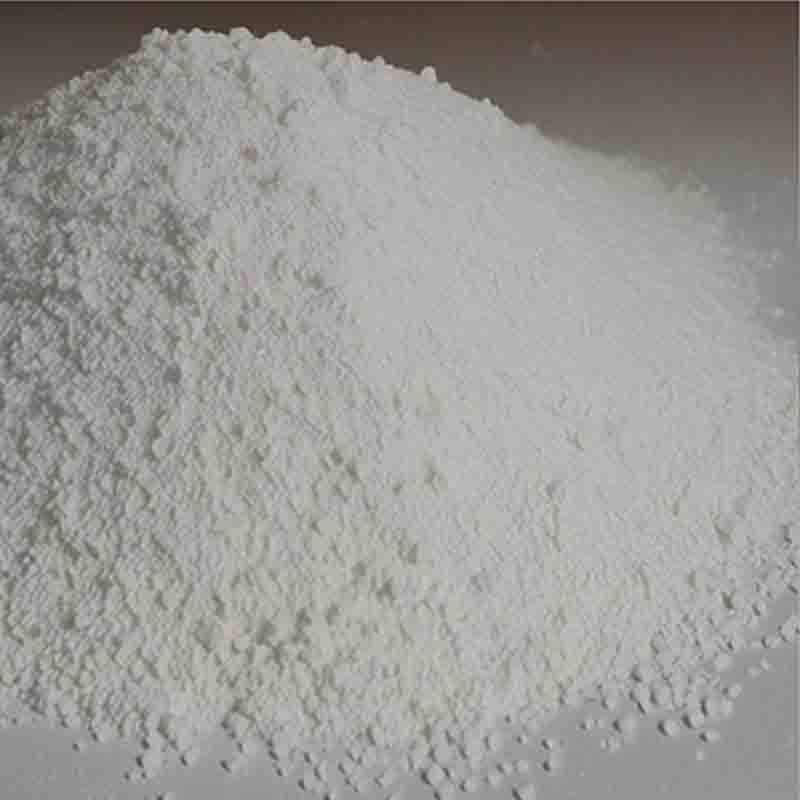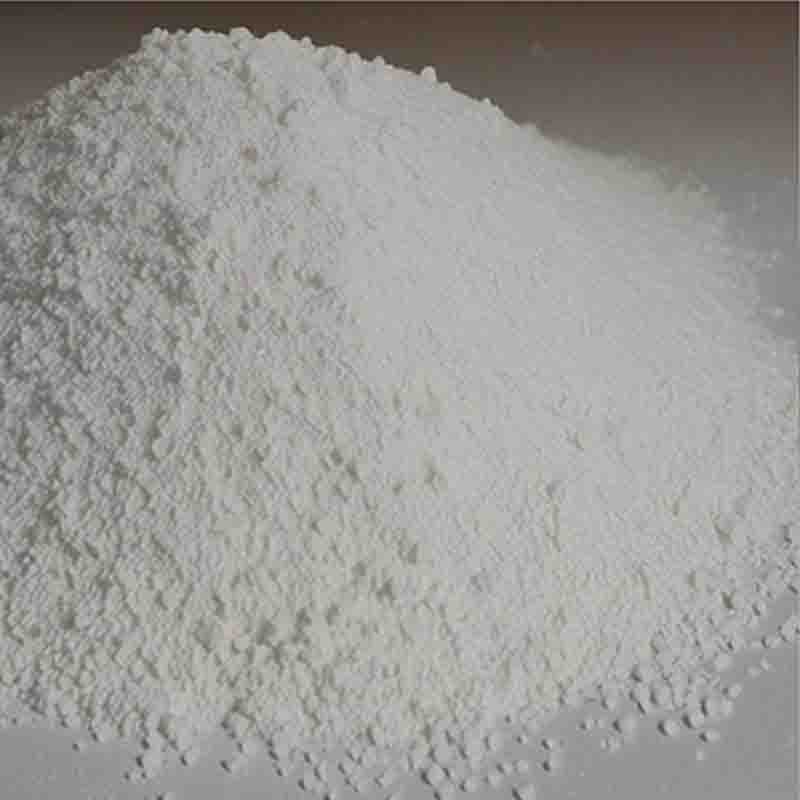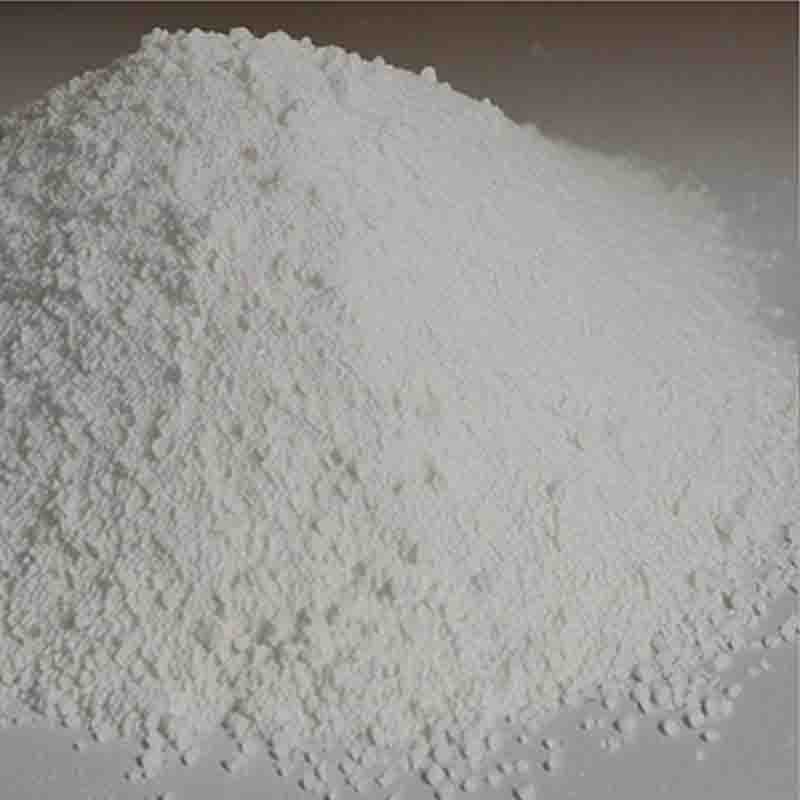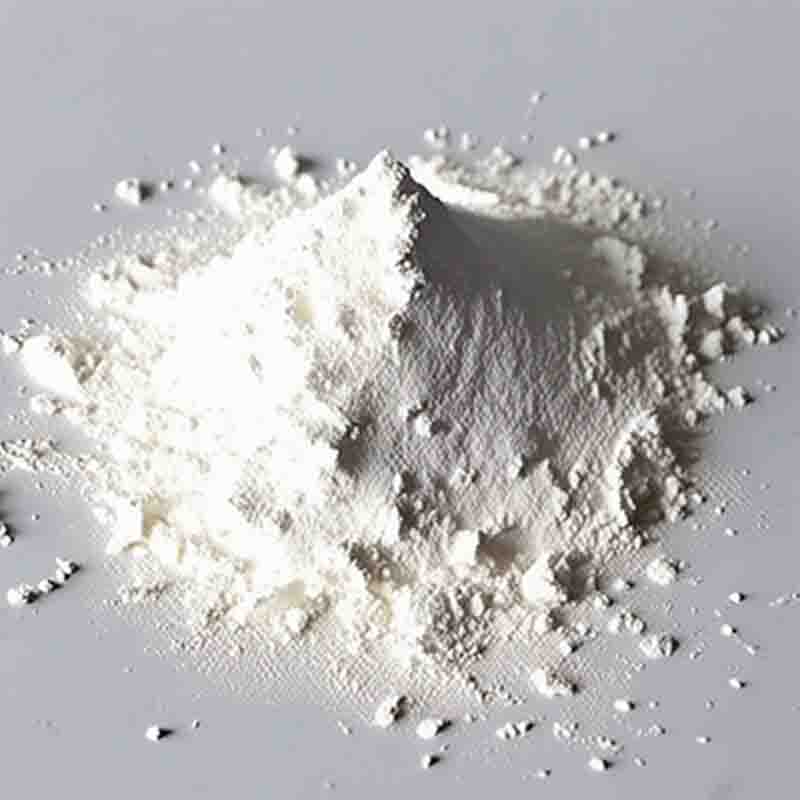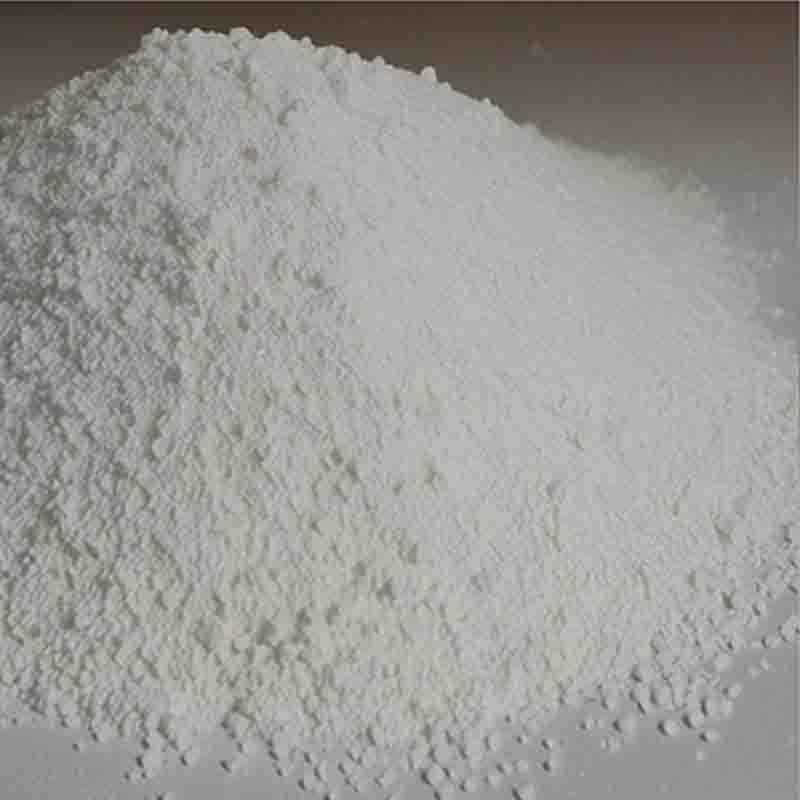Acetylacetonatodicarbonyl rhodium CAS: 14874-82-9
| Catalog Number | XD93990 |
| Product Name | Acetylacetonatodicarbonyl rhodium |
| CAS | 14874-82-9 |
| Molecular Formula | C7H7O4Rh |
| Molecular Weight | 258.03 |
| Storage Details | Ambient |
Product Specification
| Appearance | White powder |
| Assay | 99% min |
Acetylacetonatodicarbonyl rhodium (Rh(acac)(CO)2) is a rhodium complex that is widely utilized in various catalytic reactions. It consists of a rhodium center coordinated to two acetylacetonate (acac) ligands and two carbonyl (CO) ligands.One of the primary uses of Acetylacetonatodicarbonyl rhodium is in carbon-carbon bond formation reactions. It has been extensively employed in the catalytic addition of arylboronic acids to aldehydes or ketones, known as the Rh-catalyzed C-C bond coupling reaction. This transformation, often referred to as the Rh-catalyzed conjugate addition, allows for the formation of new carbon-carbon bonds at α,β-unsaturated carbonyl compounds. The reaction proceeds under mild conditions, providing excellent yields, and is of great importance in the synthesis of pharmaceuticals, natural products, and functional materials.Another significant application of Acetylacetonatodicarbonyl rhodium is its use in alkyne polymerization reactions. Under appropriate conditions, the complex can polymerize terminal alkynes, leading to the formation of polymeric materials with diverse properties. The resulting polymer products find applications in various fields, including coatings, adhesives, and electronics.Furthermore, Acetylacetonatodicarbonyl rhodium has shown promise in catalyzing carbonylation reactions. Carbonylation involves the conversion of organic substrates with carbon monoxide (CO) into carbonyl-containing compounds. The complex plays a crucial role in promoting these reactions efficiently, enabling the synthesis of a wide range of important chemicals, such as carboxylic acids, esters, and amides.Rhodium complex with acetylacetonate and carbonyl ligands is also utilized in the synthesis of coordination polymers and metal-organic frameworks (MOFs). These materials possess regular, porous structures and have potential applications in gas storage, catalysis, and separation processes.It is worth noting that Acetylacetonatodicarbonyl rhodium requires careful handling due to its air and moisture sensitivity. It is typically employed in catalytic amounts, as only a small quantity is needed to initiate and drive the desired reactions. Additionally, its reactivity can be optimized by choosing suitable reaction conditions, controlling the reaction temperature, and selecting appropriate ligands.Overall, Acetylacetonatodicarbonyl rhodium is an essential catalyst in various synthetic processes. Its versatile applications in carbon-carbon bond formation, alkyne polymerization, carbonylation reactions, and the synthesis of coordination polymers make it a valuable tool in organic synthesis, materials science, and catalysis research.


